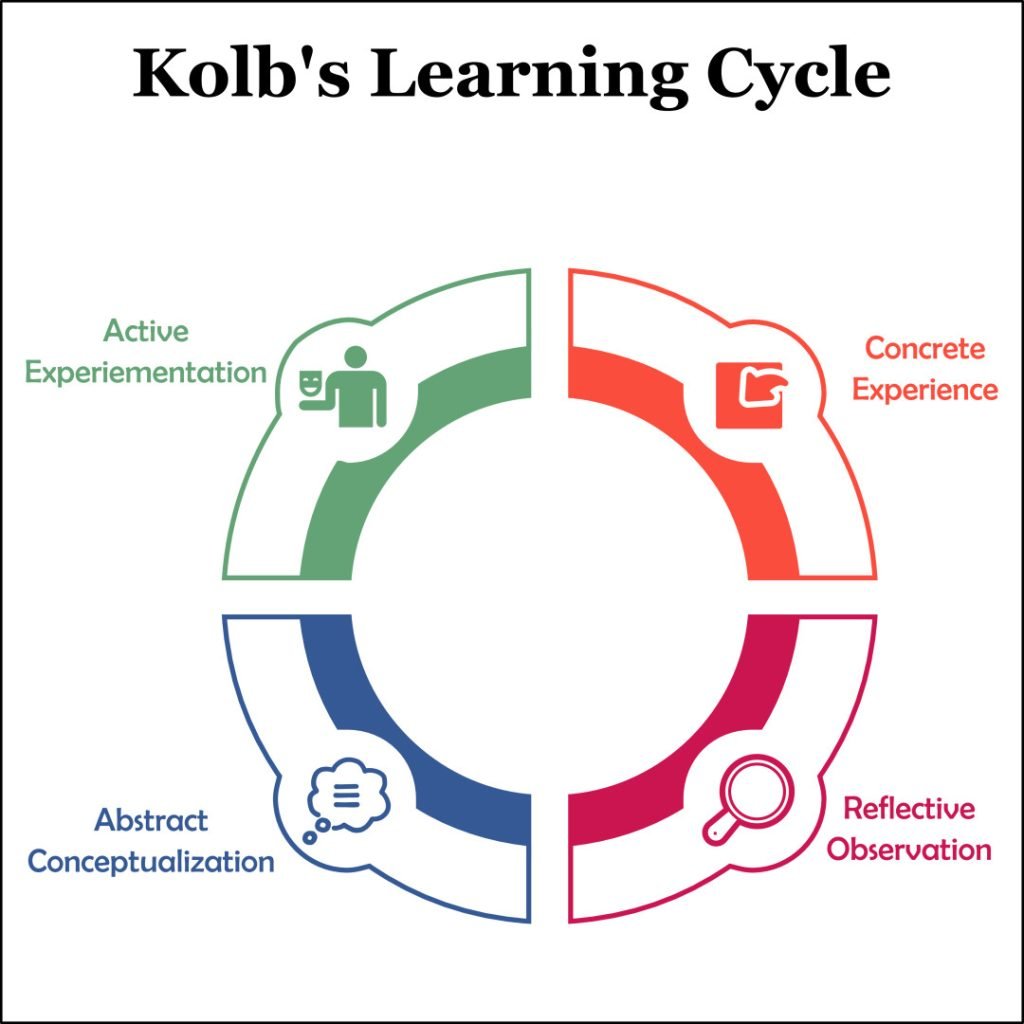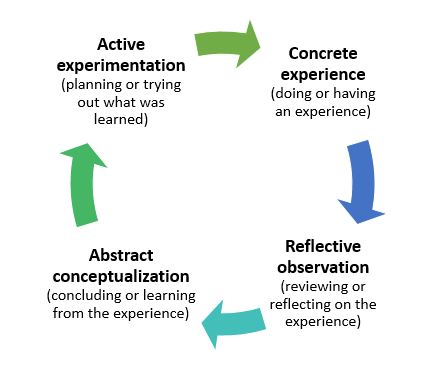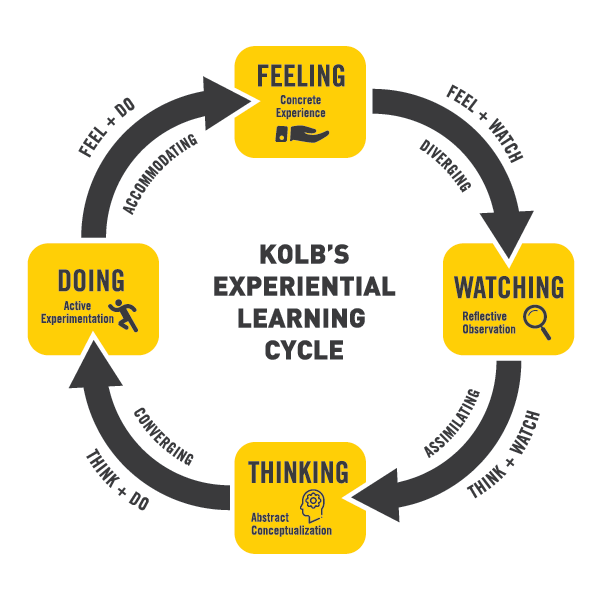
Kolb Learning Cycle: A How-To Guide
The Kolb Learning Cycle is a model that outlines the different stages of learning. According to this model, individuals learn through a cycle of experiencing, reflecting, thinking, and acting. The cycle is based on the premise that learning is a continuous process, and every individual has their unique way of acquiring knowledge.
Importance of Kolb Learning Cycle
The Kolb Learning Cycle is essential in the field of education and training. The model highlights the importance of incorporating different learning styles to facilitate better understanding. This model helps teachers and trainers create lesson plans that cater to the various learning styles. The Kolb Learning Cycle also stresses the importance of reflection, which helps learners evaluate their experiences and identify areas for improvement.
How to Use the Kolb Learning Cycle
There are four stages of the Kolb Learning Cycle:
1. Concrete Experience
2. Reflective Observation
3. Abstract Conceptualization
4. Active Experimentation
The first stage, Concrete Experience, involves the learner experiencing an event or situation. This experience could be anything from a physical activity to an emotional experience. Once the experience is complete, the learner moves on to the second stage.
The second stage, Reflective Observation, involves the learner reflecting on their experience. This stage entails reflecting on the experience from different angles, such as emotions, logic, and intuition. It is vital that the learner takes the time to understand the experience before moving on to the next step.
The third stage, Abstract Conceptualization, involves the learner forming an abstract understanding of the experience. This stage involves creating concepts and theories that relate to the experience. Learners at this stage examine the underlying concepts and principles behind the experience.
The fourth and final stage, Active Experimentation, involves applying the abstract concepts and theories learned in the third stage to real-world situations. In this stage, the learner tests their newfound knowledge by taking action.
In conclusion, the Kolb Learning Cycle is a powerful tool for facilitating learning. By including multiple learning styles and emphasizing reflection, it helps create a more holistic approach to education and training. Through experiencing, reflecting, thinking, and acting, individuals can acquire knowledge and understanding that can be applied in real-world situations.





